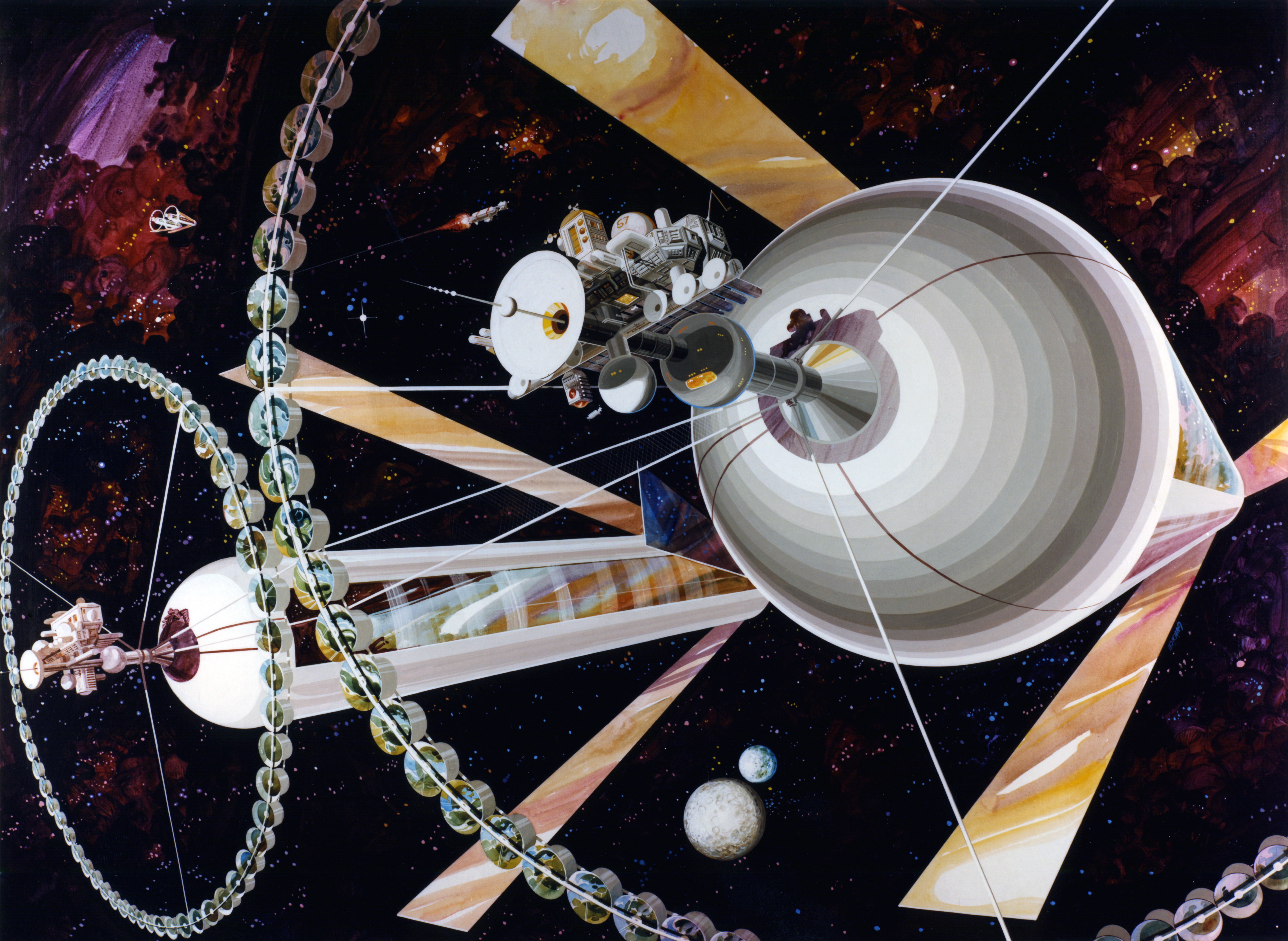Sci-Fi has many parts. Every universe has generics. But there are also weapons that are specific to a certain universe. For example, Star Trek has phasers and Star Wars has ion cannons. Many other weapons that I've heard of are: lightsabers, ray guns, laser rifles, laser pistol, proton bombs, plasma grenades, plasma cannon, and on and on and on. There are thousands of weapons from every imaginable realm and genre. You may know the ins and outs of a few, but I think that it's impossible to know them all. There are light cores, energy cores, circuit cores, explosion cores and many others. Some weapons are just like modified current day weapons. My personal favorite are the laser rifles. For more info, click in the links above. If you'd like, you can tell me in the comments about your favorite. Thanks, Aidan.
A proton bomb destroys the Separatist Army in Star Wars the Clone Wars.
|


